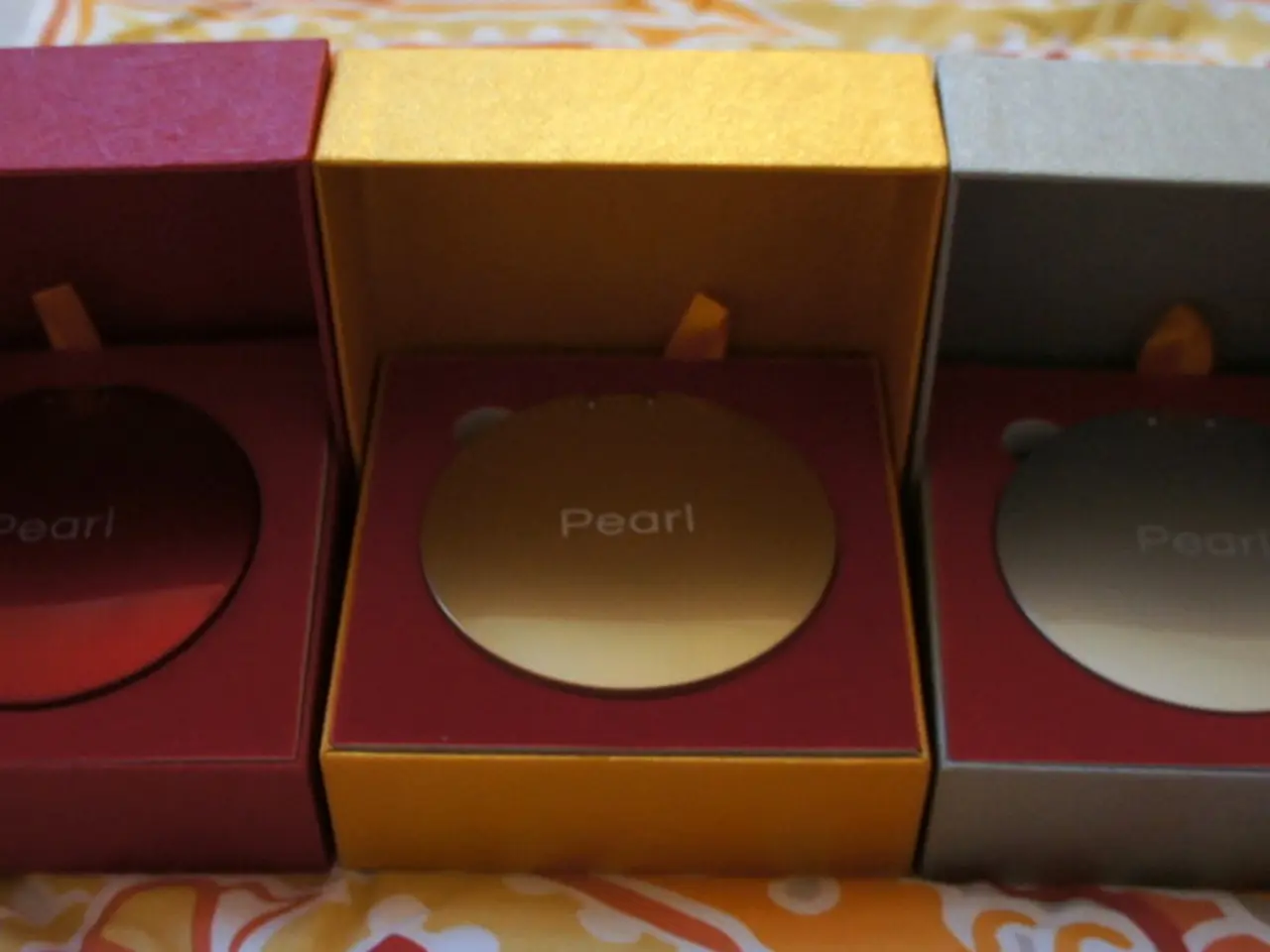Exploring Accessible Watercolor Methods for Artistic Newcomers in the Upcoming Year
Watercolor painting is a captivating art form that allows artists to create beautiful, fluid, and translucent works of art. In this guide, we'll explore some key techniques that will empower you to express mood, depth, texture, and light effects in your watercolor paintings.
Establishing the Foundation: Underpainting and Essential Colors
Before adding final details, underpainting establishes the foundation colors and values, helping artists plan color relationships and create depth in the finished piece. Essential starting colors for watercolor paints include cadmium yellow, cadmium red, ultramarine blue, burnt umber, and payne's gray.
Creating Texture and Organic Effects: Wax Resist and Masking Fluid
Wax resist creates organic, textured effects by repelling watercolor paint. Effective applications include tree bark texture, water reflections, cloud highlights, and stone and rock surfaces. Masking fluid is a liquid latex solution that preserves white areas with precise control. To use masking fluid, apply it with a brush, let it dry completely before painting, remove it within 24-48 hours to prevent paper damage, and use a rubber cement pickup or clean finger to remove.
Techniques for Adding Depth and Texture
Layering (Glazing)
Layering, or glazing, involves applying multiple transparent washes of the same or different colors to build depth and intensify hues gradually. This technique is useful to create dimensional forms like flower petals.
Wet-on-Wet
Wet-on-wet means applying wet paint onto wet paper or paint, allowing pigments to blend and diffuse softly to produce smooth gradients or atmospheric effects.
Lifting
Lifting is the removal or lightening of paint by blotting with a damp brush or paper towel, enabling artists to create highlights, textures like clouds, or correct mistakes.
Feathering
Feathering creates soft edges and transitions from dark to light by gently dragging a damp brush loaded with pigment. This technique is useful for subtle shading and gentle fades.
Ombre
The ombre technique uses a single color washed from dark to light by pulling diluted paint down the paper, perfect for smooth tonal shifts.
Scumbling
Scumbling involves adding a semi-transparent layer of wet paint over a dry dried layer to achieve nuanced color variations and textures.
Masking
Masking protects areas of the paper from paint, preserving whites or underlying colors to create sharp edges or complex compositions.
By combining these techniques, watercolor artists can creatively express mood, depth, texture, and light effects. For example, layering enhances dimensionality, wet-on-wet conveys soft atmospheres, and lifting adds dynamic highlights. Experimentation with water control, brushwork, and layering allows for expressive looseness or detailed control in paintings.
Choosing the Right Tools and Materials
Brushes
Natural hair brushes like sable hold more water and maintain better points than synthetic brushes, while synthetic brushes cost less and work well for beginners learning basic techniques. Round brushes are the most versatile tools for watercolor painting, with size 12 or 14 round brushes holding plenty of water for large washes and size 6 or 8 rounds working well for medium details. Flat brushes excel at creating clean edges and rectangular shapes, and are perfect for architectural subjects and geometric forms.
Paper
Watercolor paper comes in various weights, with 140lb paper requiring stretching to prevent warping and 300lb paper staying flat when wet and costing more but saving preparation time. Hot-pressed paper has a smooth surface perfect for detailed work and precise lines, while cold-pressed paper offers a medium texture that works well for most techniques, and rough paper provides the most texture with deep grooves that create interesting effects when paint settles into the valleys.
Paints
Tube paints stay moist longer and mix easily on your palette, while pan paints work well for outdoor painting and travel setups, with both formats using identical pigments.
Creating Clean, Sharp Lines: Masking Tape
Masking tape creates clean, sharp lines in watercolor paintings. Best practices include using low-tack artist's tape, pressing edges down firmly, removing tape while paint is slightly damp, and pulling tape at a 45-degree angle away from the painted area.
Mastering these foundational techniques empowers artists to explore a wide range of subjects and styles, from delicate florals to abstract washes, enriching their creative expression through the fluid, translucent qualities unique to watercolor.
- The technique of underpainting helps artists establish the foundation colors and values, setting a strong base for color relationships and creating depth in their watercolor paintings.
- Masking fluid is used in watercolor painting to preserve white areas with precise control, creating textured effects such as tree bark, water reflections, and stone surfaces.
- Layering, or glazing, through applying multiple transparent washes helps artists build depth and intensify hues gradually, especially for creating dimensional forms like flower petals.
- For creating soft edges and transitions from dark to light, the feathering technique is useful, with artists gently dragging a damp brush loaded with pigment.




